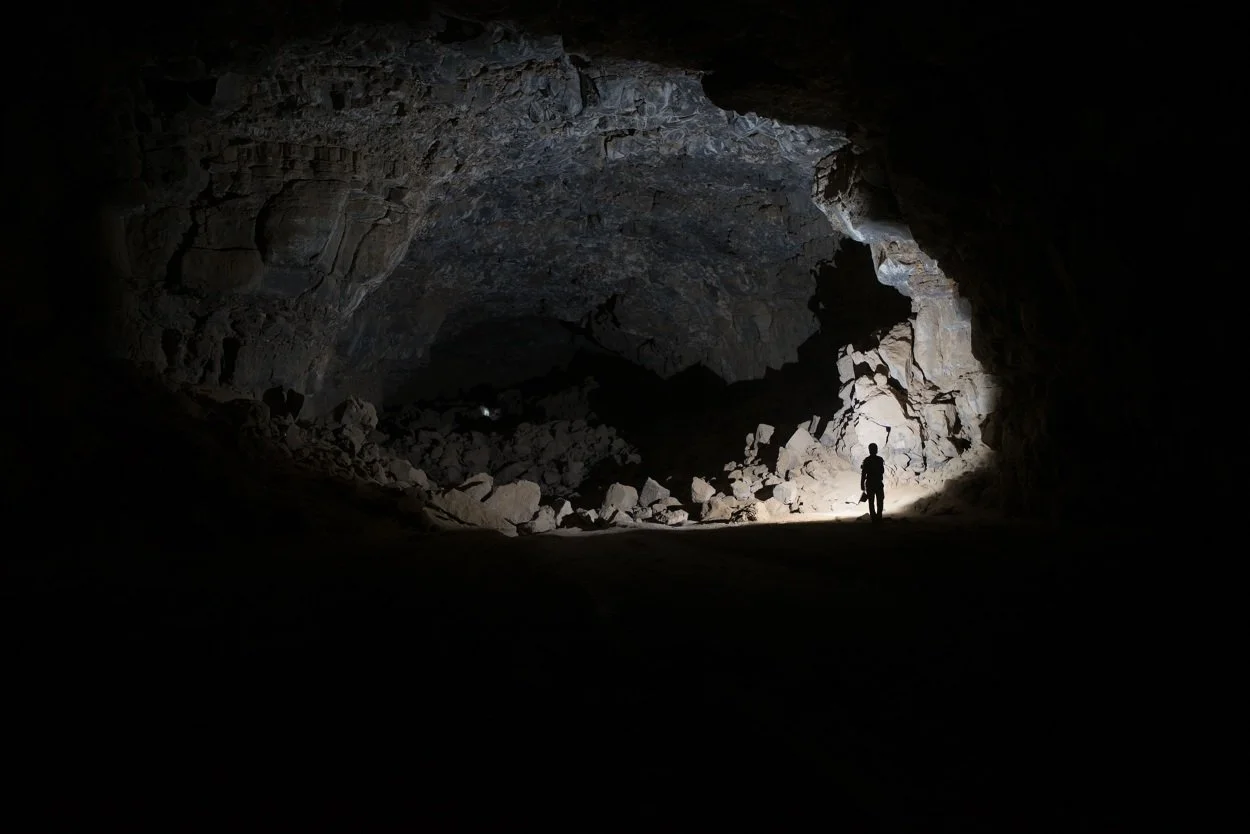A study led by Griffith University’s Australian Research Centre for Human Evolution (ARCHE) has uncovered traces of prehistoric human occupation in a lava tube in northern Saudi Arabia.
The discovery was made in the Umm Jirsan Cave, which is a 1,500 metre long lava tube in the Harrat Khaybar Lava Field. The age of the lava flow has not been determined, but a 2007 study suggests that it occurred 3 million years BP.
Recent excavations by ARCHE archaeologists have uncovered human activity dating from the Neolithic to the Chalcolithic/Bronze Age periods (~10,000-3,500 years ago), providing new insights into the evolution and historical development of regional human populations.
Pastoralist use of the lava tube and surrounding landscape is attested in rock art and faunal records, suggesting that Umm Jirsan was situated along a pastoral route linking key oases. According to the researchers, it is unlikely that the lava tube served as a permanent place of settlement, instead was used as shade and a source of water for passing herders with their animals.
Excavations have found massive caches of bones from domestic (e.g., caprids, cattle) and wild (e.g., gazelles) animals, which were being processed and/or consumed within the cave interior.
Rock art and faunal records attest to the pastoralist use of the lava tube and surrounding areas, painting a vivid picture of ancient lifeways. Depictions of cattle, sheep, goat and dogs corroborate the prehistoric livestock practices and herd composition of the region.
“Our findings at Umm Jirsan provide a rare glimpse into the lives of ancient peoples in Arabia, revealing repeated phases of human occupation and shedding light on the pastoralist activities that once thrived in this landscape,” said Dr Mathew Stewart, the lead researcher and a Research Fellow at ARCHE.
Header Image Credit : Green Arabia Project
Sources : PLOS ONE – First evidence for human occupation of a lava tube in Arabia: the archaeology of Umm Jirsan Cave and its surroundings, northern Saudi Arabia. https://doi.org/10.1371/journal.pone.0299292







